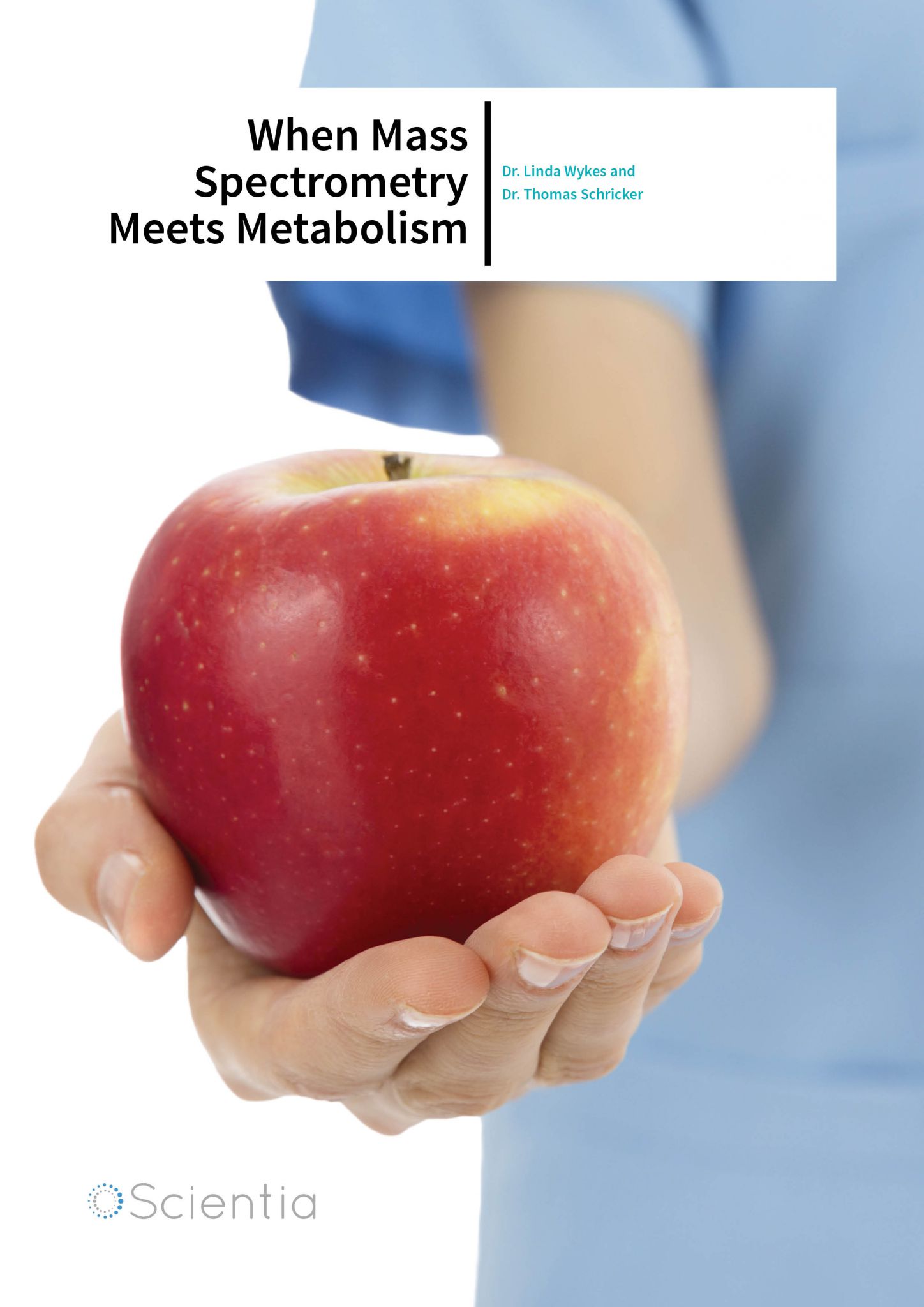Dr. Linda Wykes And Dr. Thomas Schricker – When Mass Spectrometry Meets Metabolism
Dr. Linda Wykes and Dr. Thomas Schricker are leading researchers of nutritional interventions in perioperative care. Here they discuss the effect of improved nutrition support and pain control before and after surgery and how it relates to better patient outcomes.
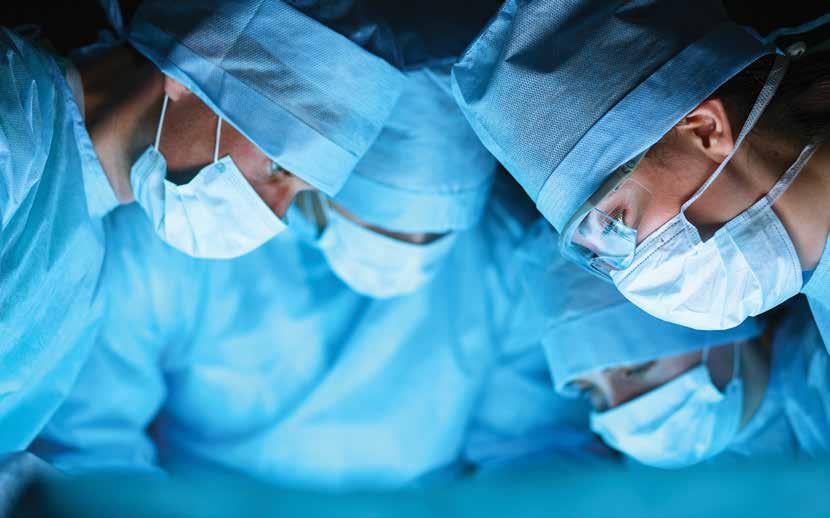
What is your research background and what led you to studying nutrition and its impact on surgery?
Dr. Schricker studied parenteral nutrition as an intensive care physician and anaesthesiologist in Germany, whereas Dr. Wykes has a background in nutritional biochemistry and mass spectrometry with an emphasis on protein metabolism. She has conducted research in critically ill infants and later developed a piglet model to study amino acid metabolism in intravenously fed infants. Dr. Schricker’s clinical expertise specializing in glucose and Dr Wykes’ mass spectrometry expertise specialising in protein make for a complementary team.
Tell us more about NASTY
We study Nutrition and Anaesthesia during Surgery as a Team including endocrinologY. We’ve been working together as a team for 18 years.
We are looking at the nutrition of elective surgery patients going through major surgical procedures with temporary oral food intolerances. A lot of our research has been with patients who need to have surgery for colorectal cancer. Typically patients undergoing intestinal surgery are fasted for several days. This is a problem because the stress of surgery promotes a breakdown of body protein.
How does improved nutrition support affect a patient’s surgical outcomes? What nutritional interventions are utilised in your studies?
Our objective is to speed patient recovery by maximizing organ function during invasive procedures like cardiac surgery. Providing effective nutrition support will also decrease muscle wasting and improve immune function after surgery. We use parenteral nutrition support when patients cannot eat, and use formula-based enteral nutrition support when possible. Attention to getting the patients moving soon after surgery is also important.
Your recent research looks closely at IBD and colorectal cancer. Why the focus on gastrointestinal disorders?
We use the anabolic approach of intensive insulin therapy in cardiac surgery which is a very invasive and stressful surgery. In patients with colorectal cancer, we use the anticatabolic approach of epidural analgesia to decrease cytokines and counter regulatory hormones like cortisol. Against that background, individualized nutrition support gives glucose and amino acids that can be used effectively by the body particularly when perioperative fasting is avoided.
There are several parallels between the metabolic stress of surgery and the inflammation of inflammatory bowel disease. Both are associated with a decrease in dietary intake (e.g. food avoidance due to the pain of IBD) and increased protein and energy requirements due to the cytokines and counter regulatory hormones like cortisol. We are studying a piglet model of IBD so that we can use precisely defined diets to study the separate effects of malnutrition and inflammation. We also use stable isotope tracer infusions in the piglets to study protein synthesis. Using stable isotopes in the piglets means that we can develop new techniques and novel therapeutic interventions and then transfer them to patient studies.
Your study involves elements of pain control and nutritional intervention. Can you explain to our readers the need for a combined approach?
Our objective is twofold. One is to give epidural analgesia which stops the pain signals from going to the brain, blocking it at the source at the spinal level. This minimizes the neurological stimulus that triggers these metabolic endocrine changes. This promotes a more effective use of nutrients.
The second half of the approach is to give nutrition support, to give intravenous glucose and amino acids that can be more effectively used to synthesize protein, in the less catabolic environment enabled by the epidural analgesia. More recently, we found that avoiding perioperative fasting by initiating nutrition support even before surgery means that that patients can synthesize more protein even days after surgery. We’ve been working on finding the best dosing of amino acids that we’re giving. Is it better to give a higher amount of proteins? Or is that too much? The patient may not be able to use the extra amount of amino acids.
We have three methods: epidural analgesia, avoidance of perioperative fasting and a strong endocrine intervention of perioperative intensive insulin therapy.
How do you plan to take this research forward in the future?
Taking this research forward in the future, we’re looking at outcome studies to find the best diet for a surgical patient and try to find out if that really makes a difference short term and long term. We would also like to use our precise metabolic kinetic outcomes to see if we can find a biomarker to screen which patients would benefit most from intensive individualized nutrition support.
ENHANCING NUTRITION FOR OPTIMAL OUTCOMES
Using novel approaches such as stable isotope tracers and insulin clamp studies, researchers at McGill University seek to investigate how a combination of nutrition and analgesia can promote anabolism and reduce malnutrition in patients undergoing surgery
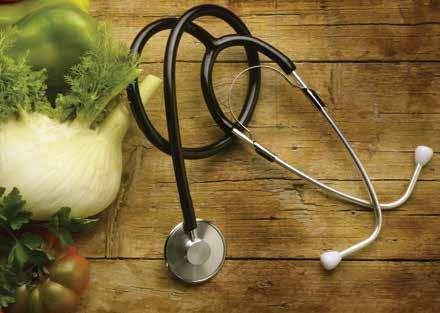
The Dangers of Perioperative Malnutrition
Surgery is an essential part of medicine, saving and improving the lives of countless individuals every year. In spite of the overall benefits, surgery also has associated risks, one of which is malnutrition. But how are the two connected?
Firstly, surgery induces a stress response in the body which, if left uncontrolled, can lead to delayed wound healing, loss of muscle mass and poor immune function. This catabolic response may be worsened by excessive fasting and pain. At particular risk of malnutrition are infants, children and the elderly.
Secondly, lengthy fasting can aggravate tissue breakdown. Although academic research advises fasting for six to eight hours before surgery to prevent aspiration, fasting from midnight is still typical practice in many hospitals. In cases of colorectal surgery, fasting may last up to 40 hours due to the bowel preparation involved in the procedure. Such extensive fasting may severely deplete glycogen stores, leading to amino acids being utilised for energy rather than for tissue repair. This may be further exacerbated in those living with type 2 diabetes due to their pre-existing insulin resistance. Excessive nutrition is also risky as morbidity and mortality can increase if blood glucose levels are too high after surgery.
An increasing amount of research is pointing to nutritional interventions to improve recovery times and patient outcomes. Both pre-operative and post-operative nutritional support can reduce the catabolic stress response associated with surgery. Animal studies have demonstrated that this response is greatly improved if animals are fed rather than fasting before trauma. Avoidance of fasting, with particular attention given to the amount and type of protein, can reduce complications, shorten hospital stay and improve overall nutritional status.
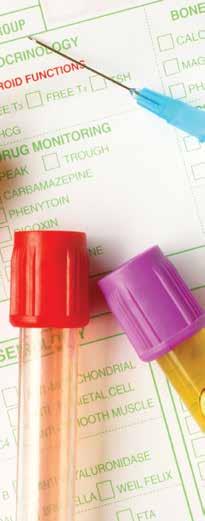 When Research Gets NASTY
When Research Gets NASTY
The NASTY (Nutrition, Anesthesiology and Surgery Team including EndocrinologY) team at McGill University are at the forefront of this research, combining expertise in anaesthesia, kinesiology and mass spectrometry to develop solutions to excess catabolism in surgical patients, as well as in patients with cancer and inflammatory disorders, such as inflammatory bowel disease. In their unique research, Dr. Linda Wykes and Dr. Thomas Schricker utilise multiple stable isotope tracers to investigate the effect of pain relief and nutrition support on perioperative malnutrition.
The overall aim of nutrition support is to reduce gluconeogenesis – a process in which amino acids are used to make glucose rather than protein synthesis. In order to promote whole body anabolic gains, interventions incorporate a combination of amino acids and glucose. Due to the biochemical link between protein and glucose, nutritional balance depends on an adequate intake of both macronutrients as a deficiency of energy impedes on the benefits of increased amino acids, and vice versa. When asked if a one-size-fits-all solution was possible, the team stressed the importance of personalised intravenous and oral nutrition support regimens: “We tailor the calories of the individual patient’s measured resting energy expenditure as assessed by calorimetry, and then give protein as a percentage of energy needs”.
The studies also involve mechanisms of pain control. Epidural anaesthetic is given to offset the catabolic response to surgery. The stress hormones released by the endocrine system stimulate insulin resistance and protein breakdown. However, if pain signals never reach the brain, the flow of stress hormones is decreased and the body is able to make better use of nutrients.
Explaining the Role of Insulin
Gluconeogenesis is also aggravated by impaired insulin sensitivity. Intravenous administration of glucose often leads to hyperglycaemia, a state in which blood glucose is too high. This can increase protein breakdown and reduce the positive effect of feeding on wound healing and recovery. Conversely, due to complex interactions between glucose levels and the body during surgery, attempts to strictly maintain blood glucose levels can result in hypoglycaemia, a state in which blood sugar levels are too low. Therefore, the team aims to maintain normoglycaemia, or normal blood sugar levels, in order to stimulate protein synthesis and decrease tissue breakdown, resulting in a neutral protein balance.
In 2004, the team developed the concept of GIN – Glucose and Insulin administration while maintaining Normoglycaemia – as an alternative to insulin sliding scales in controlling blood glucose. GIN utilises a method known as the hyperinsulinemic-normoglycaemic clamp technique which modifies the rate of glucose infusion while the rate of insulin infusion remains the same, allowing for the maintenance of normoglycaemia. In 2011, the team developed a computer program which allowed newly introduced operators to use GIN safely in surgical patients.
Speeding Recovery for Most Vulnerable Patients
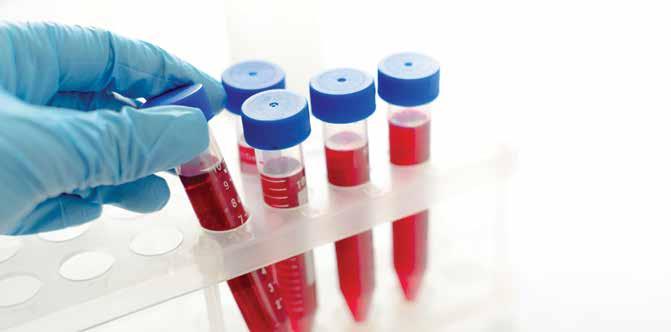 In their 2013 study, Wykes and Schricker aimed to determine if a patient’s preoperative catabolic state influenced the anabolic effect of nutritional support. Glucose and amino acid infusions were administered to 17 patients over 72 hours, beginning in the 24 hours before surgery until 48 hours after surgery. The team was then able to measure and analyse the outcomes of their interventions using stable isotope tracer techniques. This involved intravenously infusing amino acids and glucose with stable non-radioactive tags. These tracers mix with other amino acids and glucose and are taken up by the body’s tissues. Thus, it was possible to ascertain the rates of glucose production and protein synthesis using mass spectrometry to analyse blood, breath and tissue samples. The results showed a significant association between preoperative catabolism, patient age and the anabolic effect of hypocaloric nutrition.
In their 2013 study, Wykes and Schricker aimed to determine if a patient’s preoperative catabolic state influenced the anabolic effect of nutritional support. Glucose and amino acid infusions were administered to 17 patients over 72 hours, beginning in the 24 hours before surgery until 48 hours after surgery. The team was then able to measure and analyse the outcomes of their interventions using stable isotope tracer techniques. This involved intravenously infusing amino acids and glucose with stable non-radioactive tags. These tracers mix with other amino acids and glucose and are taken up by the body’s tissues. Thus, it was possible to ascertain the rates of glucose production and protein synthesis using mass spectrometry to analyse blood, breath and tissue samples. The results showed a significant association between preoperative catabolism, patient age and the anabolic effect of hypocaloric nutrition.
In a 2008 study, the team explored if the avoidance of preoperative fasting reduced protein breakdown after surgery by examining the effect of intravenous nutrition on 22 patients undergoing colorectal cancer surgery. Patients were randomly assigned to a glucose or amino acids group and the effects were analysed using mass spectrometry. The study found that preoperative hypocaloric feeding significantly reduced endogenous protein breakdown and amino acid oxidation, resulting in a positive protein balance after surgery. As well as showing a net gain in body protein, surgical patients undergoing active nutrition interventions feel better and are discharged earlier.
The team also carried out a study on patients undergoing open heart surgery in 2015. As well as receiving intensive insulin therapy, patients were given amino acid infusions at either 0, 20 or 35 per cent of their resting energy expenditure. Thus, the team were able to determine that the high dose amino acid infusion prevented a decrease in the body’s postoperative amino acid concentration, whereas the moderate dose did not. This suggests that these high dose infusions may increase the availability of amino acids for protein synthesis in stressed patients.
The potential impact on perioperative practice is significant. By introducing individualised parenteral or intravenous nutrition to fasting patients, nutrition regimens can be given until the beginning of surgery which can improve postoperative recovery massively. So what’s next for the NASTY team? As well as refining the best possible techniques for perioperative nutrition support, these researchers are hoping to investigate the short term and long term outcomes of each intervention and develop further means of identifying which individuals would benefit most from dietary interventions.
Meet the researchers

Dr. Linda J. Wykes
Director of the School of Dietetics and Human Nutrition at McGill University

Dr. Thomas Schricker
Chair, Department of Anesthesia, Faculty of Medicine, McGill University and Chief, Department of Anesthesia, McGill University Health Centre (MUHC)
Dr. Linda J. Wykes received her PhD for work at the Hospital for Sick Children studying amino acid metabolism to develop new total parenteral nutrition regimens for neonates. She was awarded a grant by the Canadian Foundation for Innovation Leaders Opportunity Fund to establish the Mass Spectrometry and Molecular Nutrition Laboratory. Her research focuses on how novel nutrition interventions can overcome insulin resistance to promote anabolism in piglet models and patients.
CONTACT
T: +1 514 398 7843
Dr. Thomas Schricker received his PhD from Ulm University, Germany, and is a founding member of the Perioperative Programme at McGill. His research focuses on mechanisms of the body’s stress response to surgery and how this can be modified by anaesthetic and anesthetic, analgesic, hormonal and nutritional interventions to reduce perioperative morbidity.
NASTY TEAM MEMBERS
Department of Anesthesia, McGill University and McGill University Health Centre
Franco Carli, Ralph Lattermann, Roupen Hatzakorzian, Hiroaki Sato, Francesco Donatelli, Takumi Codere Maruyama Department of Medicine, McGill University and McGill University Health Centre
Arnold Kristof, Simon Wing, Scott Kiss Division of Cardiac Surgery McGill University and McGill University Health Centre
Dominique Shum Tim School of Dietetics and Human Nutrition, McGill University
Stan Kubow, Luis Agellon, Evan Nitschmann Department of Anaesthesia and Operative Intensive Care, University Hospital, Basel, Switzerland
Andrea Kopp Lugli
FUNDING
Canadian Institutes of Health Research
Canadian Foundation for Innovation
Louis G. Johnson Foundation
Natural Sciences and Engineering Research Council
Canadian Anesthesiologists’ Society
MUHC Research Institute

